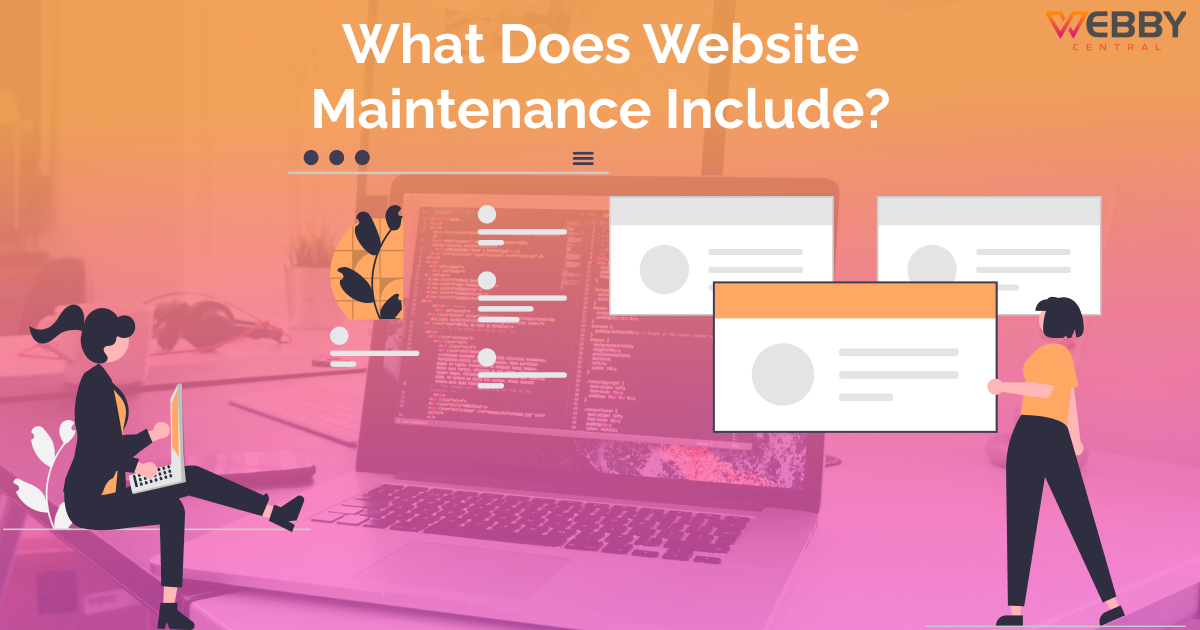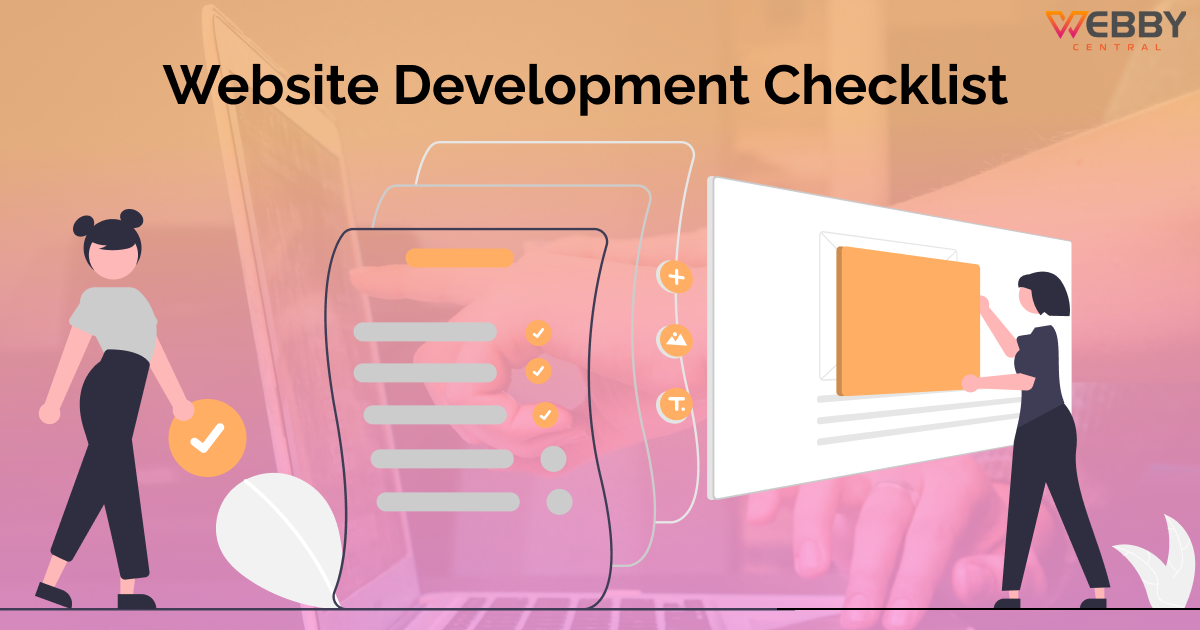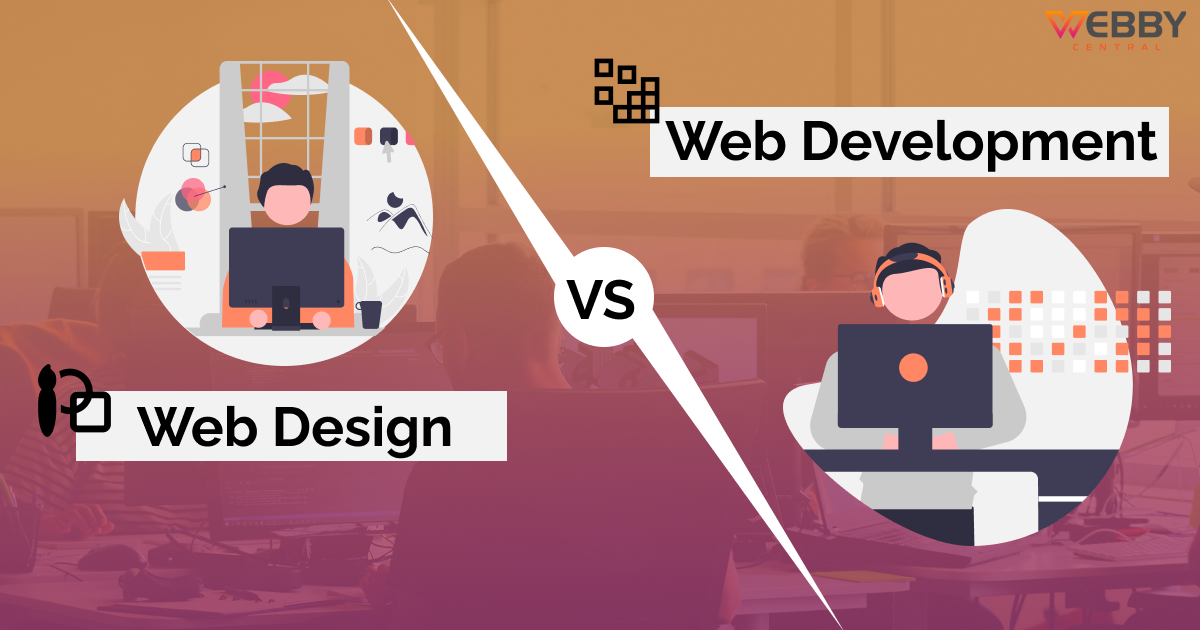Do you want to appear on the top searches, drive more visitors, convert them into potential customers, and generate better revenue? Responsive web design is what you need. This blog shares some essential reasons why your business needs a responsive web design to succeed and stay ahead.
With the constant advancement in technology, the demand in the online world has been ever-growing and shifting. From surfing on desktops to using mobile phones for online shopping, today’s users demand websites to be faster, convenient, compatible, readily accessible, and highly adaptive than ever before. For that reason, the demand for growth services is also increasing rapidly.
Did you know that 85% of adults think that a company’s website should be as good or even better than its desktop version when viewed on a mobile device? 83% of mobile users say that a seamless experience across all devices is crucial. That’s where the responsive web design approach comes into play.
Considering that, businesses seek reliable web design services that leverage a responsive web design approach, remodel their websites based on users’ needs and demands, and create a modern, responsive website to give users the optimal web experience.
What Is Responsive Web Design?
Simply put, responsive web design is a way of designing websites that appear in their optimized form across all devices. In other words, a responsive web design automatically reshapes your website for all display sizes.
A responsive website allows visitors to easily interact with your site no matter what device they’re using. A responsive website design’s main objective is to take all the desktop-specific components and convert them into multi-responsive elements.
Difference Between Responsive vs Adaptive Web Design
There’s always some confusion regarding the differences between responsive web design and adaptive web design. People tend to think that both are the same as responsive websites adapt based on the screen size and vice versa; however, there are various key differences between responsive vs adaptive web design.
Here are some vital differences between these two:
->Responsive web design adapts seamlessly to the size of any screen. However, adaptive web design uses layouts that are static and unchanging.
->Responsive web design uses CSS media queries to change styles based on devices; however, adaptive web design has multiple layouts developed based on breakpoints.
->Responsive web design has one site that automatically adjusts to various screen sizes accordingly. But the adaptive web design is designed for six screen widths — 320, 480, 760, 960, 1200, and 1600.
7 Essential Reasons Why Your Business Needs a Responsive Web Design to Stay Ahead
Now you are aware of “what is responsive website design” and the “difference between responsive and adaptive web design,” you’re pretty much clear with the basics of responsive web design. It’s time to learn why it is important to have a responsive web design today for your business to succeed. Let’s get right in!
The Rise of Mobile Traffic
More than ever, people are accessing content on the move, with mobile devices fast becoming the primary way of accessing information. Per Statista, mobile accounts for approx half of web traffic worldwide. Considering that, having a mobile-friendly website design becomes essential.
That said, website developers can go either with a responsive web design approach or choose a mobile-first website development method. Google announced that they have switched to mobile-first indexing for all websites. So businesses can choose either and generate more website visitors.
Rich User Experience (UX)
User experience matters a lot these days. Flexibility and user-friendliness have become the key features that make your users appreciate your site. Thus, it’s crucial to make your site visitors-friendly so that they come back more often. Responsive websites tend to load faster on all devices. Responsive web design works in users’ favor and offers them a much better web experience. This, in turn, results in a positive perception of your brand.
Offers Flexibility
Responsive web design comes with a lot of flexibility options. Whether it’s about changes you need to make or texts and images automatically adapting depending on the screen size, responsive design takes good care of everything.
You don’t need to worry about making changes based on different display sizes if you are adopting a responsive design. This flexibility comes as a great advantage for businesses looking to make quick changes on their site.
Boost in SEO Rankings
As mentioned earlier, Google has started giving preference to mobile-friendly sites. SEO rankings will depend on how user-friendly and fast your mobile website is. If you ask any digital marketing expert, they would suggest going with responsive web design as it is Google-approved and considered better for SEO purposes.
That’s why you should adopt a responsive web design approach. Having a responsive website decreases your bounce rate, loads your site faster (in just 3 seconds or less), helping you significantly increase your site’s ranking in the SERPs.
Higher Conversion Rates
Customer satisfaction is crucial to your business strategy, and responsive web design very much influences the customer experience. It’s simple — the easier you make it for your website visitors to find what they are looking for — the more likely you are to convert them.
That said, the more responsive your website is, the more visitors it will attract. Your website will be across multiple devices, which means there will be a higher chance of getting more leads and conversions.
Cost-Effectiveness
Money is always a big concern for businesses, irrespective of types and sizes. Maintaining separate sites for mobile and non-mobile users can be expensive. By adopting a responsive design approach, businesses only need to invest in a single site design, getting away from paying for a mobile site separately. Whether you need to develop, scale, or upgrade, everything gets done seamlessly in one place with a responsive design.
Easier Maintenance
Separate websites for desktop and mobile require additional testing, support, and maintenance, and even double the amount of maintenance and updates. That’s where responsive web design comes into play. Responsive web design allows you to make any type of changes all by yourself, quickly and easily. Having a site that shares the same URL and is accessible to all devices makes the maintenance much easier.
Concluding Thought
User-intent is ever-shifting. People nowadays like to access content on desktops, laptops, mobile phones, tablets, and other devices. As a website owner, you need to give users the ease of accessing the website on all devices. Responsive web design lets you do so. It allows you to attract visitors, convert them into leads, and ultimately turn them into loyal customers. Embrace a responsive web design approach, and you are good to go!










Write A Review